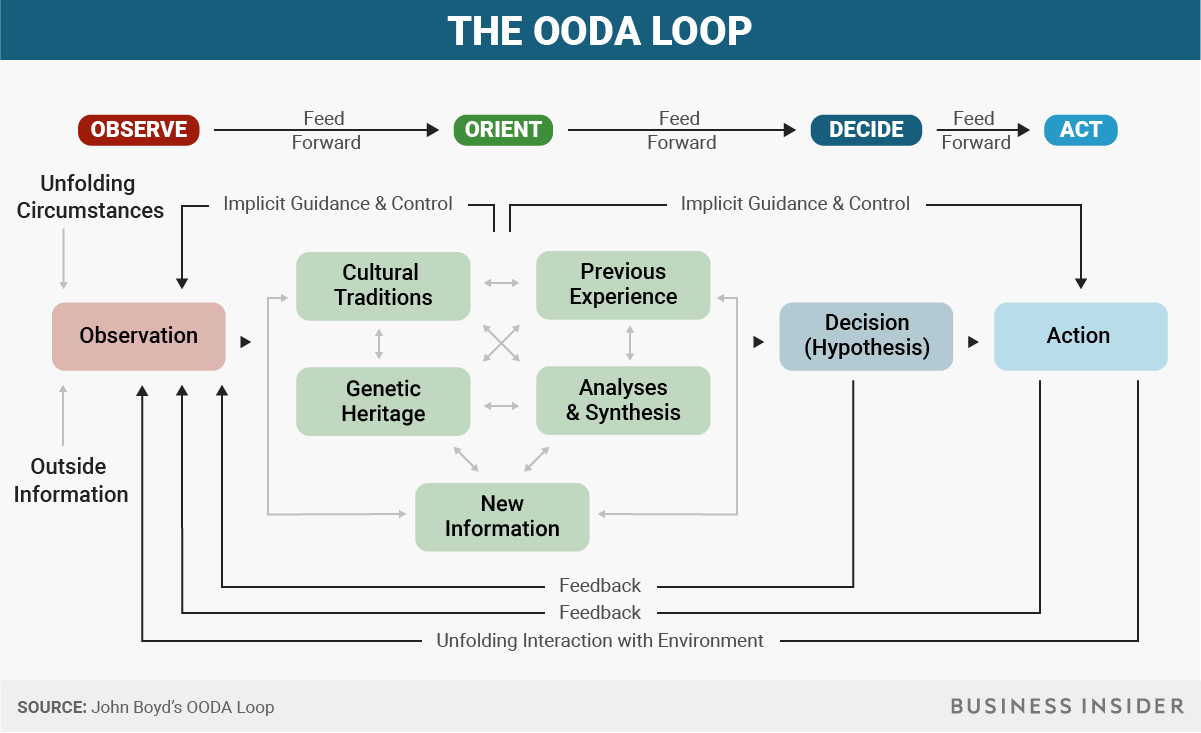What makes a great strategist? After looking throughout history, this post looks at 10 strategists to rank them based on the results, approach, and tactics used to support the grand strategy. Above all these strategists resist the direct approach to accomplish multiple aims.
Grading the Top 10 Strategist
Results. Far more important than any other factor in grading a strategic mind are the results behind the strategic mind. Even more impressive when the strategist is facing a force outnumbered, outmatched, and outgunned. Does the foe have more men, resources, and advantages the attacking strategist doesn’t have the luxury of affording?
Approach & Adaptability. Based on two parts, one Hart’s maxim of “attack on along the lines of least expectation and tactically along the lines of least resistance.” The second important part is with each new challenge comes a new stratagem. Does the strategist approach the challenge with a new strategy or relies on fighting the last war with strategies that worked in the last war. Does the strategist avoid the direct, expected route to success while changing the approach as the uncertain future unfolds?
Tactics. Each strategy comes with effective tactics. Does each strategist use an arsenal of tactics that effectively support the strategy?
1. Ghengis Khan
Genghis Khan conquered more than twice as much as any other man in history. Surprisingly without Ego. Khan refused to have anyone paint his picture. When he died there are no monuments built. No one knows where he’s buried. He believed the law of the Eternal Blue Sky ruled over rulers and commoners alike. He introduced a new system based entirely on merit, loyalty, and achievement.
2. Hannibal
Hannibal might be one of the top strategists of all time. Even more apparent is the impact Hannibal had on Rome’s military strategy as Scipio Africanus adopted most of Hannibal’s tactics and strategy. From humbling Rome, to influencing the strategy Rome would borrow to later defeat him.
Not only does strategy shine throughout Hannibal’s campaigns but leadership lessons abound. Hannibal was right with his men in each maneuver. Never taking asking his men to take the risk he wasn’t willing to take. Humbly sleeping on the ground with nothing more than a blanket galvanized loyalty amount all ranks of his men. While other generals allowed themselves to take the comforts of war along the road, Hannibal’s focus remained building support among allies and fellow Carthaginians alike.
3. Scipio Africanus
Learning from one of the greatest strategic minds, Hannibal, Scipio Africanus managed to defeat Hannibal at his own game. From defeating Carthage, marching back to Rome, Scipio took the war back to Hannibal’s home to pull out Rome’s enemy number one.
Instead of attacking Hannibal directly on Roman soil, Scripio did the unexpected and went to Africa to engage Hannibal. Scipio took the Fabian strategy of disengagement to bleed Hannibal’s numbers and used Hannibal’s strengths against himself.
4. John Boyd
Boyd is a rare man. Not only did Boyd go from being undefeated in air combat, but he also fought the Pentagon Careerist and contributed to the entire approach to warfare. Outmanned and outgunned, Boyd managed to outmaneuver generals and the entire Pentagon system of bloat.
He was also behind his student, Burton taking down the Army’s bloated project The Bradly. He outmaneuvered the Amry at each stage to win changes to the design of The Bradley. Saving countless servicemen’s lives in the process.
He would eventually develop a theory on human conflict and the model to win at any conflict with the OODA Loop.
5. Napoleon
One of history’s greatest military strategist highlights Napoleon’s revolutions in military supply, tactics, and planning logistics of warfare. Napoleon’s fascination with classic wars and Roman history started an education that would become not just a military genius but like “his own hero Julius Caesar, he was one of the greatest soldier-statesmen of all times” as described by Roberts.
6. “Desert Fox” Erwin Rommel
Outmatched in Africa against the British, Rommel managed to humiliate the British despite having fewer tanks, fewer men. Rommel understood the strategic importance of mobility and speed as the decisive factor in attacking along the lines of least expectation. Rommel led from the front and mobilized faster than the British expected to give Rommel the advantage despite the numerical disadvantage.
7. Robert Moses
New York Sun adds up the impact of Moses, “in the totality of his reign as ‘Master Builder,’ “built 13 bridges, 416 miles of parkways, 658 playgrounds, and 150,000 housing units, spending $150 billion in today’s dollars.” He wielded such lofty power, from the mid-1920′s through 1968, without holding any elected office and yet still held 12 public positions simultaneously.
Moses, as Ryan Holiday describes, “took to power because he understood the complexities of his industry. He’d studied more, read more, knew more than anyone else.” Based on that understanding he understood he used Parks as the least resistance path to get his projects built. Parks are the one project the public doesn’t fight.
Along the lines of least expectation, Moses understood it’s easier to keep a project moving forward than it is to start a new project. From there, tactics enter the picture to under project the cost of a project by a wide margin. Once the project is started, the true costs are uncovered, but it’s too late the project must continue.
8. William Tecumseh Sherman
Sherman’s March to the Sea remains a master class in strategy for several reasons. The focus stayed on getting the south to abandon the war. Crippling the enemy from behind. His strategies to support the grand strategy are numerous. One Sherman cut the lines of communication, lived off the land for greater mobility. Two, He held more strategic aims, moving from Atlanta the next move could’ve been any southern city. This put his enemies on the horns of dilemma. Based on enemy moving to stop Sherman at one city meant he could attack a different city with lower resistance. This goes back to the main maxims of strategy: attack along the lines of least resistance. Or said another way, avoid competition. He didn’t attack the South directly by marching towards Richmond. He attacked from the base of southern power, the hearts and minds of southerners.
9. John D. Rockefeller
From the son of a peddler to the richest man in the world. Rockefeller highlights modern strategy. The Oil business started with speculators betting on richest from the next oil well. Rockefeller choice a different path. His strategic aim involved controlling the inefficiencies of the oil market and getting the price of oil under control.
His first move intro strategy involved avoiding competitors directly. Instead of fighting for market share with price wars, Rockefeller used a number of different approaches. One, he hated the waste of throwing out what was seen as a by-product of refining. He developed markets for lubricants, Karoseen, common grease, Vaseline and other useful products to generate revenue off were other competitors threw away. Second, moving to control more of the distribution buying up all the oil barrels, limiting the number of trains, purchasing all the equipment and equipment suppliers and refusing to sell replacement parts to competitors. Third, using scale to increase efficiencies to lower prices squeezing competitors. And buying out competitors once those operators couldn’t compete against him.
From the aim, approach, and tactics used, Rockefeller, reveals his brilliant, strategic mind to control 90% of the oil market and become one of the richest American’s in history.
10. Jeff Bezos
Starting with the beachhead strategy, Bezos has dominated every category Amazon has entered. The beachhead strategy of starting in books starts off Bezo’s attempt to attack from the lines of least resistance. Had Amazon started off in every category from day 1, he’d be fighting off competitors from every side. Instead, Bezo’s choose books and as Amazon dominated books, he added category after category in the lowest margin business surviving without profits for decades to bleed the competitors dry and increase the number of Prime subscribers. Prime has been the Ace in the Amazon strategy as Prime members return to Amazon to spend a greater and greater share of wallet on each new category Amazon enters.

